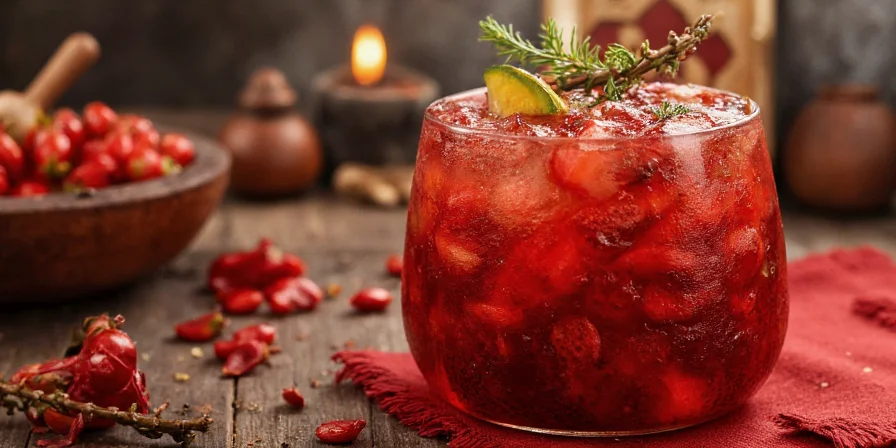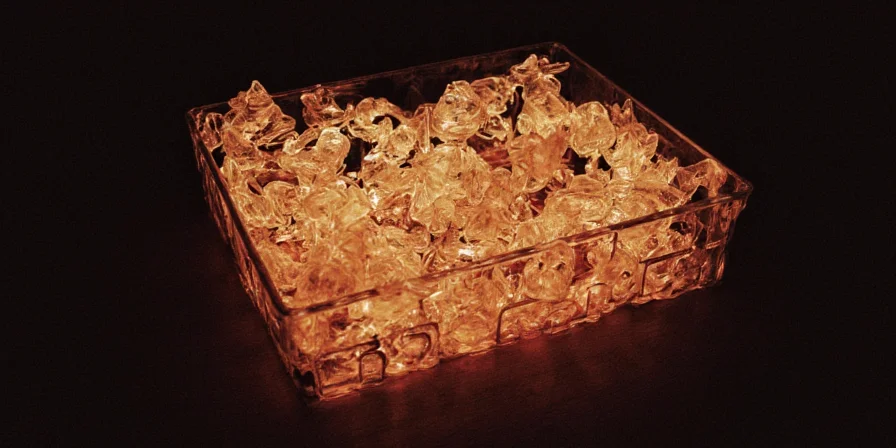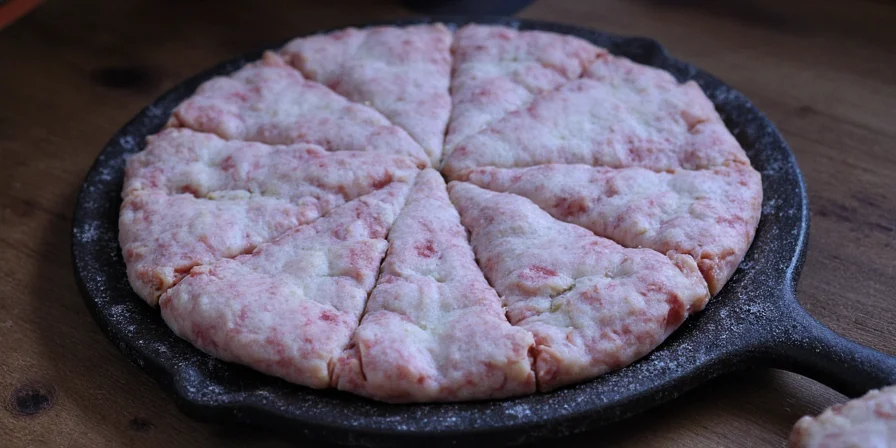Fresh vs Dried Herbs: The Ultimate Spicy Showdown – Which One Reigns Supreme in Your Kitchen?
If you’ve ever stood in the spice aisle of a grocery store or stared at your kitchen shelf wondering whether that dusty bottle of basil is still worth using, welcome to the club. Whether you're a seasoned chef or a home cook looking to spice things up (literally), understanding the differences between fresh and dried herbs can seriously upgrade your culinary game.
In this blog post, we’ll dive deep into the world of aromatic greens, comparing their flavors, uses, and even giving you pro tips on how to make the most out of each type. Buckle up — it’s going to be a fragrant ride!
Table of Contents
- What Are Fresh Herbs Anyway?
- Dried Herbs: The Time-Tested Flavor Warriors
- Flavor Face-Off: Fresh vs Dried
- When to Use Which? Cooking Tips for Herb Enthusiasts
- Storage Secrets: How to Keep Them Fresh (Or Last Longer)
- Bonus Tips: Pro Hacks for Herb Lovers
- Conclusion: Who Wins the Herb Battle?
What Are Fresh Herbs Anyway?
Fresh herbs are like the vibrant personalities at a party — they bring color, aroma, and energy to the table. Think basil, cilantro, parsley, dill, and mint. These leafy wonders are typically used raw or added toward the end of cooking to preserve their delicate flavors and textures.
Pro Tip:
If you see fresh herbs at the farmer's market, don’t just smell them — taste a tiny piece! You’ll instantly understand what kind of flavor punch they’ll bring to your dish.
| Common Fresh Herbs | Best For | Pronounced Flavor Note |
|---|---|---|
| Basil | Pesto, Caprese salad, Thai curries | Sweet, peppery, slightly anise-like |
| Cilantro | Mexican, Indian, Southeast Asian dishes | Earthy, citrusy, polarizing! |
| Parsley | Garnishes, chimichurri, tabbouleh | Grassy, clean finish |
| Dill | Pickles, salmon dishes, tzatziki | Herbal, tangy, almost lemony |
| Mint | Mojitos, Middle Eastern salads, desserts | Cooling, refreshing, bright |

Dried Herbs: The Time-Tested Flavor Warriors
If fresh herbs are the life of the party, dried herbs are the wise elders who’ve seen it all — quietly potent and reliable. They’ve been around since ancient times, often sun-dried or dehydrated to lock in their essence for months or even years.
Dried herbs include staples like oregano, thyme, rosemary, marjoram, and sage. Since their moisture has been removed, they’re more concentrated in flavor and perfect for slow-cooked dishes where they have time to rehydrate and infuse the meal.
Fun Fact:
In medieval Europe, dried herbs were not only used for cooking but also believed to ward off evil spirits. So, technically, your spice rack could double as a spiritual cleanser. Just saying.

Flavor Face-Off: Fresh vs Dried
Let’s get down to the real question: which herb reigns supreme when it comes to flavor? Here's a quick comparison of the two contenders:
| Aspect | Fresh Herbs | Dried Herbs |
|---|---|---|
| Flavor Intensity | Mild to moderate | Concentrated and intense |
| Usage Timing | Add near the end of cooking | Add early to allow flavor to bloom |
| Versatility | Best in raw or lightly cooked dishes | Ideal for stews, soups, sauces |
| Shelf Life | Days to weeks | Months to years |
| Texture Impact | Fragile, crisp | Woody, brittle |
So What’s the Deal With Substituting?
You might wonder if you can swap one for the other. Yes, but with caution!
- 1 tablespoon fresh = 1 teaspoon dried
- This means dried herbs are about 3x more potent than fresh ones.
Heads Up!
Never substitute fresh herbs in place of dried in long-cooking recipes — they’ll wilt away and disappear without a trace. Conversely, adding too much dried herb to a quick stir-fry can make your dish taste like a forest floor after rain — not always a good thing.

When to Use Which? Cooking Tips for Herb Enthusiasts
Now that you know the basics, let’s talk tactics. When should you go for fresh and when should you reach for dried?
Use Fresh Herbs When…
- You want a vibrant green garnish (think chimichurri or gremolata).
- Adding brightness to cold dishes like salsas, dressings, or summer salads.
- Using in delicate fish dishes or creamy pasta sauces where subtlety matters.
- You’re plating something Instagram-worthy and need visual pop.
Use Dried Herbs When…
- You’re making a soup, stew, or braise that simmers for hours.
- You’re baking bread, making spice rubs, or crafting marinades.
- Your recipe calls for robust flavor that won’t back down (like in tomato-based sauces or chili).
- You’re short on time or budget — dried herbs last forever and cost less per use.

Storage Secrets: How to Keep Them Fresh (Or Last Longer)
No one likes a limp, sad bunch of parsley or a jar of oregano that smells like dust. Let’s avoid that tragedy together.
Storing Fresh Herbs Like a Boss
- Cut Stems in Water: Treat them like flowers! Place stems in a glass of water and cover loosely with a plastic bag in the fridge. Basil prefers room temperature, though — no chills allowed.
- Freeze Them: Chop and freeze in ice cube trays with olive oil. Perfect for soups and sautés!
- Dry Some for Later: Hang small bundles upside down in a cool, dry place. Once crispy, store in sealed jars.
Keeping Dried Herbs Potent
- Airtight Containers: Glass jars with tight lids work best. Keep them away from heat and light.
- Label & Date: Don’t forget when you bought that thyme! Most dried herbs last 1–3 years, but potency fades over time.
- Smell Test: If your dried herbs don’t pack a punch when crushed, it’s time to toss them.

Bonus Tips: Pro Hacks for Herb Lovers
You’ve made it this far — here are some extra goodies to impress your friends at dinner parties:
- Make Your Own Spice Mixes: Combine dried herbs like Italian seasoning (oregano, basil, thyme) or herbes de Provence (lavender, thyme, savory).
- Toast Before Using: Lightly toast dried herbs in a dry pan to awaken their essential oils before adding to dishes.
- Grow Your Own: Save money and enjoy fresh snips by growing herbs in pots. Even apartment dwellers can do this!
- Pair Smartly: Basil loves tomatoes, rosemary rocks with potatoes, and thyme plays well with garlic. Know your herb pairings like a sommelier knows wine!
- Blend Fresh with Dried: Get the best of both worlds — add dried herbs early and finish with fresh for layered flavor.

Conclusion: Who Wins the Herb Battle?
It’s not about choosing a winner — it’s about knowing when each contender shines. Fresh herbs offer vibrancy and visual flair, while dried herbs deliver depth and durability.
Ultimately, the best kitchen is one that has both types in harmony. Use them wisely, season thoughtfully, and remember: a little herb goes a long way toward making food memorable.
So next time you're prepping a dish, ask yourself: does it need a lively spark or a slow-burning fire? And whichever path you choose, may your meals be flavorful, your hands messy, and your pantry always full of options.












 浙公网安备
33010002000092号
浙公网安备
33010002000092号 浙B2-20120091-4
浙B2-20120091-4